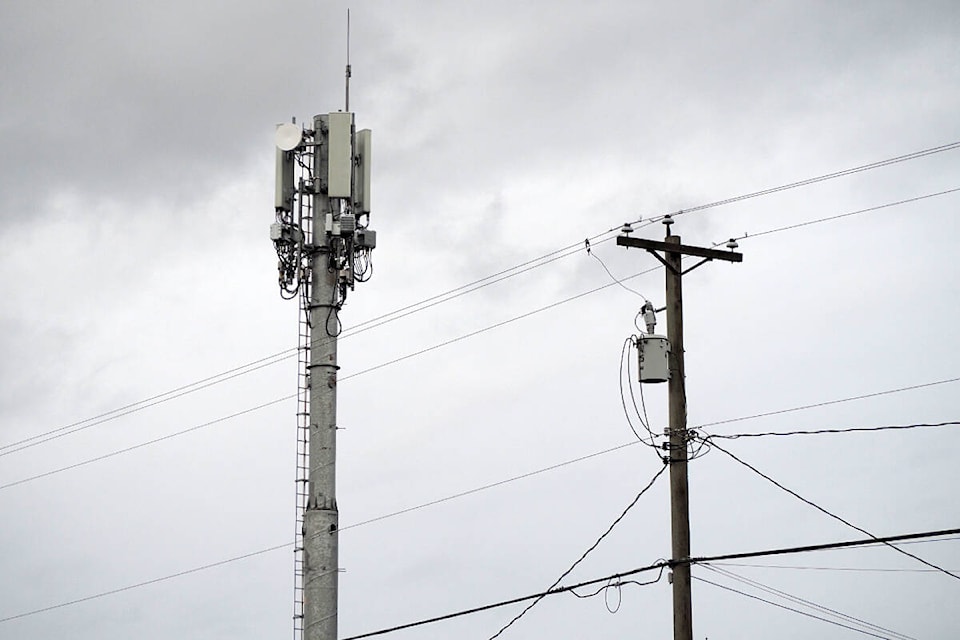A project to fill cellular service gaps along a 92-kilometre corridor of Highway 3 stretching from Hope to Keremeos never made it out of the planning stage, and before any taxpayer funding was used for it.
The provincial government announced the project in 2022, with an announced plan to have the project completed by 2024, with 11 new cell towers built by Rogers Communications.
Through the Connecting British Columbia grant program under the Northern Development Initiative Trust (NDIT), the province had been set to commit $3.1 million in funding, with Rogers covering the remaining announced $9.7 million cost estimate.
In an email, NDIT CEO Ben Campbell stated that the NDIT had decommitted from the project in December 2024, and that since the grant program works on a reimbursement basis, Rogers had received none of the $3.1 million in funding.
"The project was decommitted as no significant project progress had been made, and through discussions with the proponent, the project would not be able to move forward without significant further funding or a material change in scope," said Campbell.
Campbell confirmed that none of the planned 11 towers were built, and no additional service coverage was achieved.
When the project was announced in 2022, flooding and landslides that had led to highway closures and vehicles being forced to turn around were cited as highlighting the importance of ensuring reliable cell coverage throughout the province.
The Ministry of Citizens' Services had previously stated that building cellular networks in rural areas often faces challenges from the terrain.
"The province remains committed to working with regional, local, and First Nation governments, and service providers to increase mobile connectivity where possible," the ministry spokesperson said. "This includes advances in future cellular-to-satellite technologies that will connect mobile users outside of terrestrial cellular coverage."
The ministry also noted in its response that the provincial government appreciated all of the other projects that have gone forward elsewhere in B.C., including over 252 kilometres on Highway 16 that Rogers has committed to.



